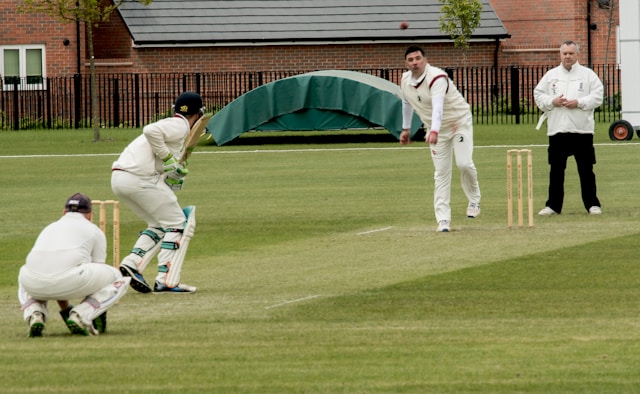Step into the world of cricket, where tradition meets excitement and history unfolds on the pitch. In this blog, we’ll unravel the rich tapestry of cricket, exploring its historical roots, global appeal, and fundamental rules. Immerse yourself in the fascinating universe of one of the world’s most beloved sports.
Cricket’s Pioneering Steps
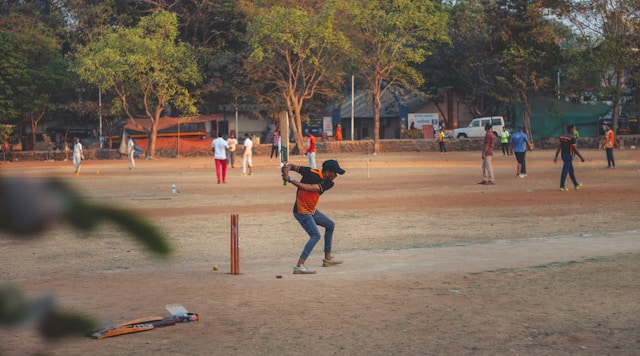
The late 16th century saw the earliest mention of cricket, with historical records noting its popularity as a rural pastime. Played on uneven grounds with a wooden ball and a makeshift bat, this simple game offered a welcome escape from the rigors of daily life for common folk. Enjoyed in open spaces and village greens, cricket was initially a sport for the common people.
Evolution in England
As the 17th century unfolded, cricket’s popularity grew, and its rules began to formalize. The first known “laws” of cricket were documented in 1744, outlining the basics of the game. Hambledon Cricket Club, established in the 1760s, played a crucial role in standardizing rules and contributing to cricket’s evolution. The 18th century marked the transition from a rustic pastime to an organized sport with structured competitions.
Spread across the British Empire
With the expansion of the British Empire, cricket traveled to new shores. British colonies in India, Australia, the Caribbean, and South Africa embraced the sport, adapting it to their local cultures. The game became a symbol of colonial influence as its roots were firmly entwined with the diverse communities it touched.
The Golden Era of Cricket
The 19th century witnessed the establishment of county cricket in England and the birth of international cricket. The historic match between England and Australia in 1877 is considered the first-ever Test match, marking a new chapter in cricket’s story. The Ashes series, originating from this match, became one of the most celebrated contests in the sport.
Rise to Global Prominence:
As the 20th century unfolded, cricket’s global appeal soared. The West Indies dominated Test cricket, introducing flair and excitement with players like Sir Vivian Richards and Sir Garfield Sobers. One Day Internationals (ODIs) emerged in the 1970s, adding a faster-paced dimension to the game, while the 21st century brought the advent of Twenty20 (T20) cricket, captivating a broader audience and fueling the rise of domestic leagues.
Understanding the Rules—An In-Depth Look
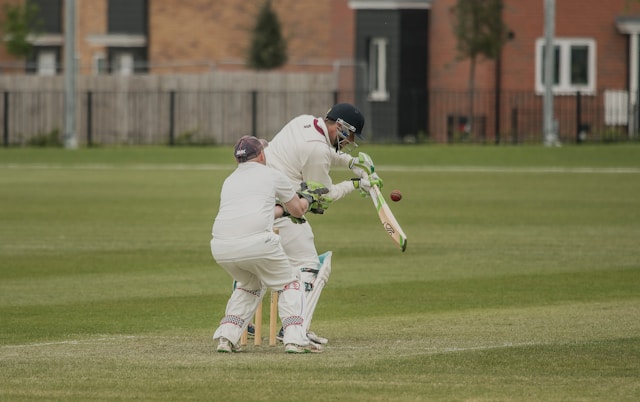
To truly appreciate cricket, let’s delve deeper into the rules, building upon the basics:
1. Scoring Runs:
- Batsmen score runs by hitting the ball and running between the wickets.
- Boundaries result in four runs (if the ball crosses the boundary on the full) or six runs (if the ball clears the boundary without bouncing).
2. Dismissals:
- Batsmen can be dismissed in various ways, including bowled, caught, leg before wicket (LBW), run-out, stumped, and hit wicket.
- Fielding teams aim to dismiss batsmen to restrict the opposing team’s score.
3. Fielding Positions:
- The fielding team strategically places players in positions like slips, gully, mid-on, mid-off, cover, and fine leg, aiming to catch the batsman’s shots or stop runs.
4. Bowling Techniques:
- Bowlers use different techniques, including pace bowling, swing bowling, spin bowling, and variations like yorkers and bouncers, to outwit batsmen.
5. Extras:
- Runs can also be scored through extras, which include no-balls, wides, byes, and leg byes.
- No-balls and wides result in additional runs, contributing to the batting team’s score.
6. Decision Review System (DRS):
- Introduced to enhance the accuracy of on-field decisions, DRS allows teams to challenge certain umpire rulings using technology like ball-tracking and ball projection.
Different Types of Cricket
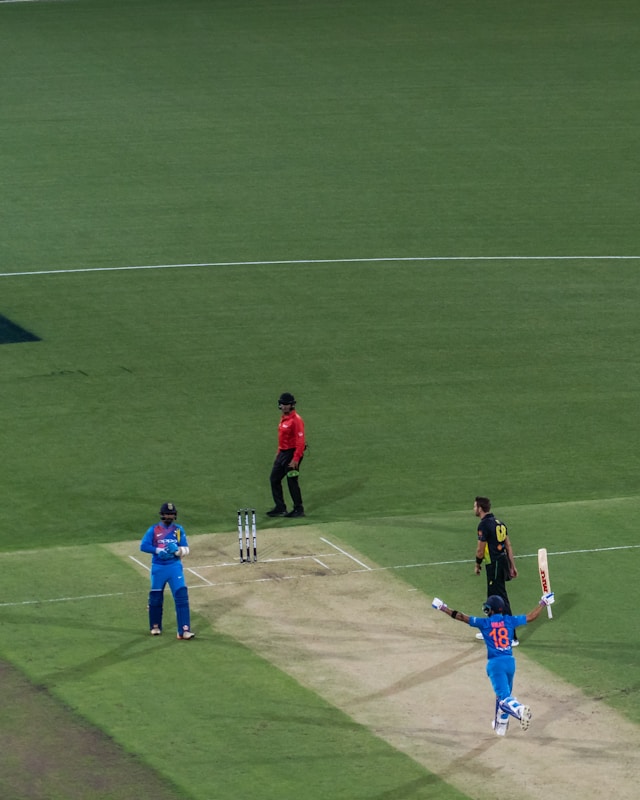
Now that we know the rules, let’s look at the types of cricket games. They fall into three categories.
1. Test Cricket:
- Known for its extended duration, Test matches can last up to five days, allowing for strategic battles and shifting dynamics.
- The red ball and traditional white clothing maintain the classic essence of the game.
2. One Day Internationals (ODIs):
- Limited to 50 overs per side, ODIs bring a balance between traditional and fast-paced cricket.
- Colored clothing and day-night matches enhance the spectator experience.
3. Twenty20 (T20) Cricket:
- The shortest format with each team facing 20 overs, T20 cricket is known for its explosive and entertaining style.
- Leagues like the Indian Premier League (IPL) have popularized T20 cricket globally.
Global Cricket Landscape
The game has found popularity across the globe and is played competitively across the globe. Here’s a list of the important tournaments to watch out for:
1. International Championships
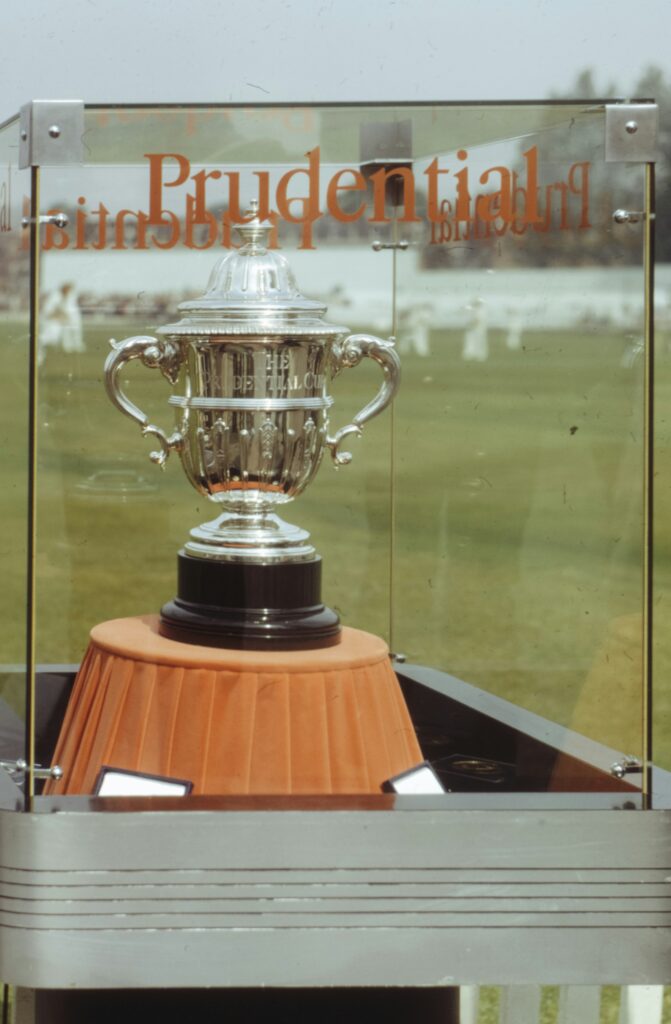
ICC Cricket World Cup
- Held every four years since 1975. The Cricket World Cup stands as the pinnacle of international one-day cricket. The tournament showcases the world’s top teams competing for the prestigious trophy. The next one is scheduled to be played in October and November 2027, and will be co-hosted by South Africa, Zimbabwe and Namibia.
ICC World Twenty20
- Introduced in 2007, the ICC World Twenty20 is a biennial event featuring the fast-paced T20 format. Teams from around the world compete for supremacy in this thrilling tournament.
ICC Champions Trophy
- Held intermittently, the ICC Champions Trophy brings together top cricketing nations in a limited-overs format. Known for its intensity, this tournament adds to the global cricket calendar.
2. Domestic Leagues and Clubs
- Premier leagues such as the IPL, Big Bash League (BBL), and County Championship provide platforms for top players, and entertain cricket enthusiasts. These leagues and clubs usually follow an annual schedule.
Here’s an article on how you can watch the IPL in Canada
Cricket’s Global Hotspots
Beyond the traditional powerhouses like India, Australia, and England, emerging cricket nations like Afghanistan and Ireland are making significant strides.
The passion for cricket in countries like Pakistan, Sri Lanka, and Bangladesh adds to the sport’s global appeal.
Now that you know the basics of cricket and the popular tournaments, armed with a deeper understanding of the rules, you’re now equipped to appreciate the intricacies of the game. Feel free to join in the cricket craziness. Check out local restaurants that host the games or create your own watch party at home!
